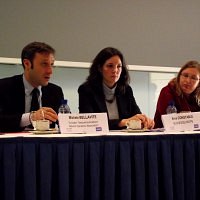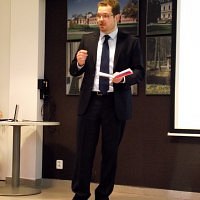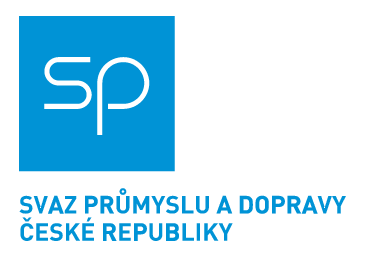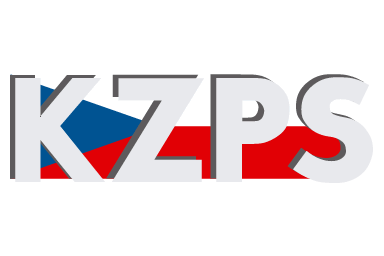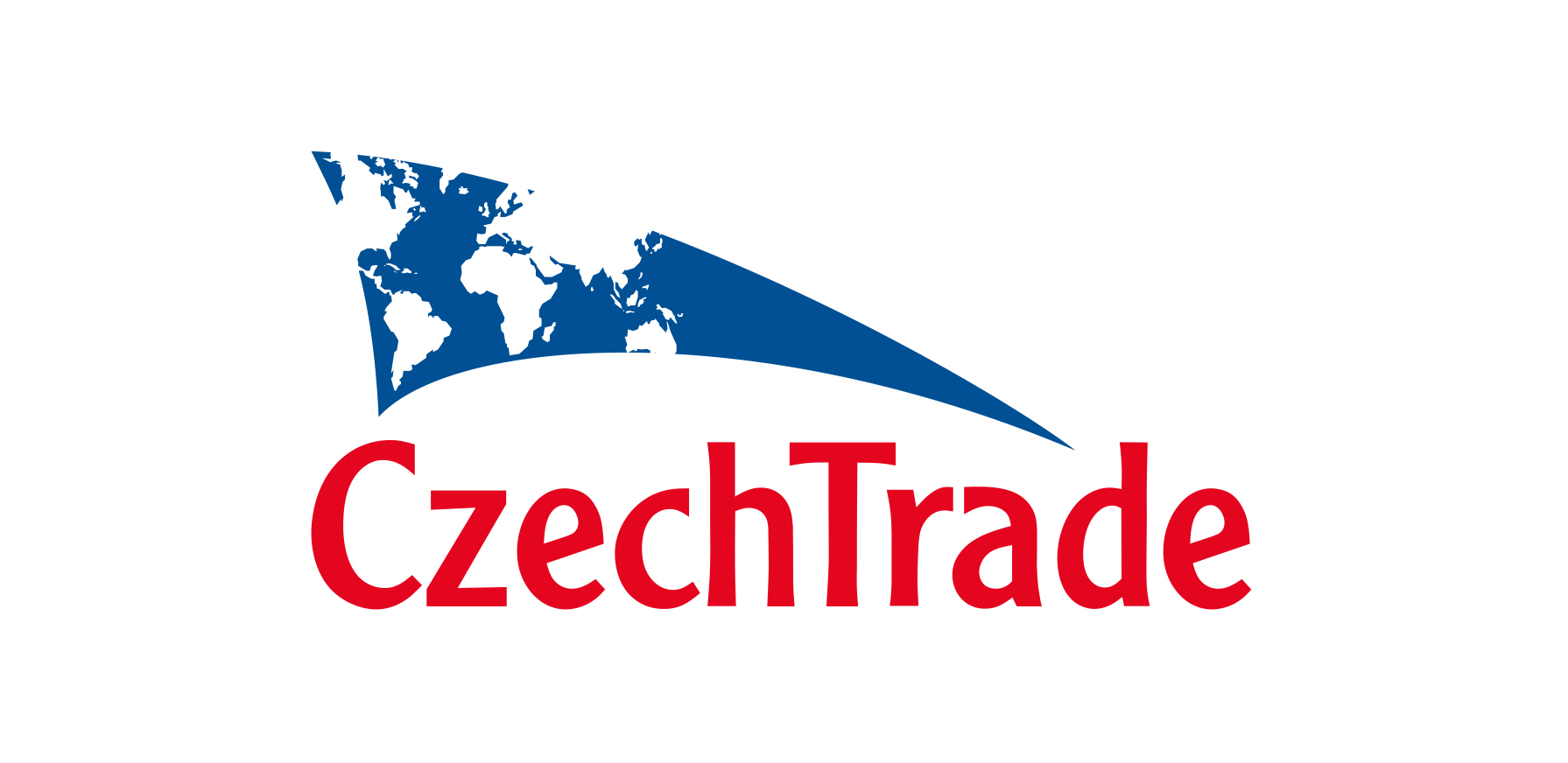Connecting Europe Facility
New Member States are hesitant about the Connecting Europe Facility
The European Commission proposed a new infrastructure instrument “Connecting Europe Facility” (CEF) and new TEN-T guidelines in October 2011. The aim is to invest €50 billion into trans-European transport, energy and broadband networks.
Central management of the fund at EU level should ensure that the CEF will finance projects which fill the missing links in Europe’s energy, transport and digital backbone and help to complete the European single market. From the Cohesion fund, €10 billion will be earmarked and transferred to the CEF as a window for cohesion countries with the same 85% co-financing rate. New Member States question the efficiency of the redistribution and evoke the reserve about the respect of the subsidiarity principle.
In general terms, the Czech Republic supports the main aims of the package of proposals (CEF regulation plus sectoral legislations). “However we wonder whether the creation of a single fund is a really the most effective way as we have to bear in mind the diversity of the three sectors concerned”, said Jakub DÜRR, Deputy Permanent Representative of the Czech Republic to the EU. Oldřich VLASÁK, MEP and rapporteur on TEN-T regulation in REGI Committee (opinion), stressed his firm opposition to CEF. He thinks that the redistribution of the €10 billion financial envelope transferred to CEF from the budget of Cohesion policy for 2014-2020 is not very effective. “On one side the resources are not sufficient for enhancing European infrastructure but on the other side the amount is large enough to be missing in the cohesion policy budget”, said Vlasák. He added that the ICT part of the CEF goes in a wrong direction as it will support the projects in less populated areas which may not bring an added value. A bit less negative view has Olga SEHNALOVÁ, MEP and Member of TRAN Committee. She stressed that the discussion on the proposal is only at the beginning. Therefore many questions must be still clarified such as the relation of CEF and cohesion policy, proportionality of financing for cohesion countries, clear definition of the “European added value” and further inclusion of other projects.
“The European added value is embedded in the respective guidelines that will identify projects of common interest”, said Jean-Eric PAQUET, Director of European Mobility Network, DG MOVE. The Commission believes that completing the Internal Market is the cohesion. The CEF, an integrating instrument, aims at building an effective interconnection of networks and helps realize the cross-border projects that are less prioritised by Member States. Although the CEF seeks common solution for all sectors, it has specific provisions to reflect differences of each of them. To ensure effective implementation the Commission will manage the CEF centrally with the help of an Executive Agency. “Within the CEF, the general rule is that projects will compete with each other. However, for the 10 billion transferred from the Cohesion Fund, projects will compete only with projects of other cohesion Member States. To ensure better preparation, Member States can use the current financing via the TEN-T programme to develop a strong project pipeline for the period starting in 2014”, Paquet informed. He also said the list of projects was not final since it will be amended according to the results of the discussion in the European Parliament and the Council.
Michele BELLAVITE from Telecom Italia and chairman of Digital Society WG of European Telecommunications Network Operators´ Association ETNO said he welcomes the new instrument but the investment should come from the private sector. He also highlighted that there is a different degree of liberalization across sectors and telecommunication is a sector with a high degree of liberalization. He asked for the clarification on the €50bn amount identified as a European private sector investment potential in ICT. Martin ÜBELHÖR of DG INFSO clarified that the amount of €50bn is based on the results of the EIB study. “The CEF is important because there are no public funds in the ICT sector and the private sector is only upgrading the existing infrastructure instead of investing in a new generation of networks”, he stressed. Lenka KRAUSOVÁ from NET4GAS gave an overview of the energy part especially concerning gas infrastructure. According to her analysis the CEF will allow to dedicate only 3% (approx. €3 billion) of the necessary investments into gas infrastructure identified by ENTSOG, which is very low and therefore can practically only be used for studies and analyses. She pointed out that the proposed early consultations may without adjustment of the legal environment lead to speculations on land plots and easements. “Also the compliance with the current regulatory regimes needs to be revised”, she added. “The Confederation of European Business broadly welcomes both – the CEF and TEN-T guideline proposals. The more centralised decision-making as to the allocation of the CEF funds can achieve maximum added value for European networks”, said Anna CONSTABLE of BUSINESSEUROPE. She stressed that the implementation must be particularly encouraged. “It is clear that the current envelope could be much larger given the investment needs. For this reason it must be spent in a way that provides the necessary boost to encourage private investment”, she concluded.
The event was organised on 7th December 2011 by CEBRE and the Czech Permanent Representation to the EU within a project administered by the Confederation of Employers´ and Entrepreneurs´ Association of the Czech Republic supported by the Ministry of Foreign Affairs promoting priorities of the Czech Foreign Policy. For more information contact Michal Kadera, Director of CEBRE at Michal.Kadera@cebre.cz.


